Armenian AK-103 Production

In my series on the weapons of the South Caucasus, I have previously discussed the background of the region's territorial disputes. In this section, I will focus specifically on the AK-103. This firearm was designed in 1994, which is noteworthy because it was the same year the First Nagorno-Karabakh War ended with a ceasefire agreement.
The story of the AK-103 is entangled in Russia's emergence. Following the dissolution of the Soviet Union in the early 1990s, Russia faced significant economic turmoil and a dramatic decrease in military spending. This period was characterized by considerable instability and hyperinflation as the country transitioned from a centrally planned economy to a market-oriented system.
After the collapse of the Soviet military-industrial complex, Izhevsk Machine-Building (Izhmash, rebranded Kalashnikov Concern in 2013) encountered significant challenges in maintaining production levels and employment for its workforce. In response to this crisis, Izhmash aimed to revitalize its product line and adapt to changing market demands. As part of this strategy, the AK-100 series, which included the AK-103, was introduced and intended to export military sales. Launched in 1994, the AK-103 is a modernized version of the classic AKM assault rifle. It features improvements in materials and manufacturing processes, enabling reduced production costs while preserving reliability.
By securing export contracts for the AK-103, Izhmash generated much-needed revenue when domestic orders were scarce due to budget cuts in Russian defense spending. This influx of foreign currency helped stabilize the company's financial situation.
The introduction of the AK-103 coincided with a growing global demand, Izhmash capitalized on this opportunity by marketing the AK-103 internationally. The rifle's reputation for durability made it an attractive option for foreign buyers. The success of the AK-103 provided immediate financial relief and helped reposition Izhmash as a competitive player in the global arms market. Izhmash effectively navigated through one of its most challenging periods by diversifying its offerings and focusing on international sales.
The AK-103 has evolved into one of the most tested and reliable rifles in the 100 series, and it is seen in service around the globe. Kalashnikov Concern has conducted a torture test that exceeded 1,440 rounds of continuous fire, stopping only due to a case separation. This performance can be attributed partly to the caliber; in comparison, 5.45mm AKs might cause a barrel to burst after approximately 600 rounds of continuous fire. The design and caliber of the AK-103 strike an excellent balance between reliability and performance.
In 2018, Armenia signed a 10-year licensing agreement to produce the Russian AK-103 assault rifle, with an annual production capacity of up to 50,000 units. Production reportedly began in 2020. This agreement is part of a three-phase program, with Kalashnikov Concern supplying components for assembling the rifles during phase 1. In later phases, Neutron GAM CJSC will take over the full production of the 7.62x39 AK-103 in Armenia. Additionally, the agreement stipulates that both domestic and export use of the rifles is permitted, although Russia must authorize any product transfer in writing. This situation raises the question of whether Armenia is moving away from its standardization on the 5.45x39 caliber. Starting in 2019, the AK-103 rifle was issued to infantry units but has not entirely replaced the Soviet AK-74. As of 2024, during recent international military training, the Armenian soldiers continued to use the Soviet AK-74 for military exercises, though they were also issued the AK-103.
In 2020, Neutron announced the relocation of ammunition production at Neutron GAM CJSC from Yerevan to a new facility in the Kotayk region. The new plant is set to produce various ammunition types, including 7.62x39mm, 7.62x54mm, 12.7x108mm, 9x18mm, and 9x19mm. This move is part of a follow-up contract signed with the Russian company “Spetsmashinzhiniring,” which will supply new cartridge production lines and refurbish existing equipment. “Spetsmashinzhiniring” is a relatively new company based in Belgorod, established in 2010, that specializes in producing tooling, automated machines, and software development.
Armenia has a standing army of 45,000 soldiers and a total military force of 260,000, which includes reserves and security personnel. Although purchasing completed AK-103 rifles might seem like a wise decision for an army of this size, relying on another country for arms and ammunition can create complications—especially if that country is involved in a conflict. This situation emphasizes the importance of self-sufficiency in arms production, which is critical for Armenia's sovereignty while contributing to the overall stability and prosperity of the region.
Achieving self-sufficiency enhances national security, as relying on foreign suppliers for military equipment can create vulnerabilities during times of conflict or political tension. If a country depends heavily on imports for its defense needs, it may find itself at the mercy of international relations, potentially facing disruption or unfavorable terms during crises.
A self-sufficient arms industry enables a nation to adapt quickly to changing circumstances by producing arms to meet specific national security needs. Striving for greater independence in arms production enhances national security, fosters economic growth, maintains political autonomy, drives technological innovation, effectively responds to threats, and shapes international relations dynamics.

Lynndon Schooler is an open-source weapons intelligence professional with a background as an infantryman in the US Army. His experience includes working as a gunsmith and production manager in firearm manufacturing, as well as serving as an armorer, consultant, and instructor in nonstandard weapons. His articles have been published in Small Arms Review and the Small Arms Defence Journal. https://www.instagram.com/lynndons
More by Lynndon Schooler
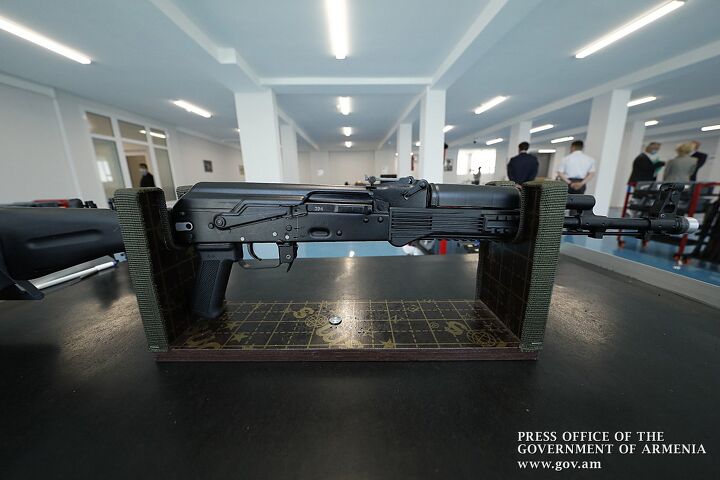











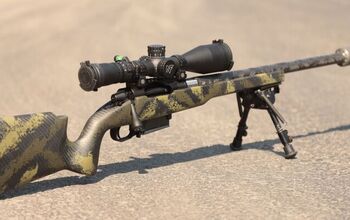
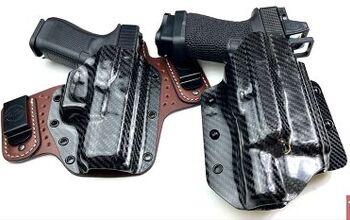
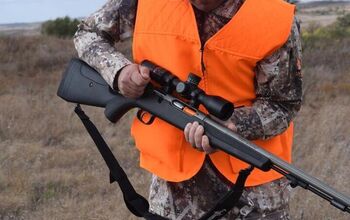




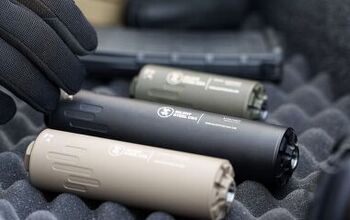
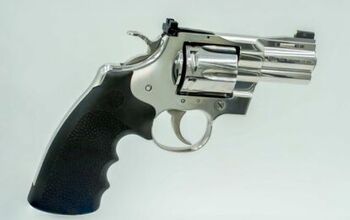



Comments
Join the conversation
First, I want to let everyone know that these things will never come to America as an import. Because it has a Russian connection it'll automatically be denied an import permit. Same with the ammo as it too has a Russian connection
As a fellow Armenian, its disappointing to see them invest in a such an archaic platform, I mean they're not even making AK-12 (still bad but less so)...In an age where every rifle has to be modular for optics, lights, lasers, etc...this 103 is already obsolete
Also, an AK in 7.62x39? Talk about an obsolete cartridge.
Lastly, with Armenian's geopolitical pivot to the West they should have gone with an AR variant, or something from the West (G36 maybe? Swiss Arms STG553?)
Why did they go with the 7.62x39 rifle when they already use the 5.45x39 AK74?